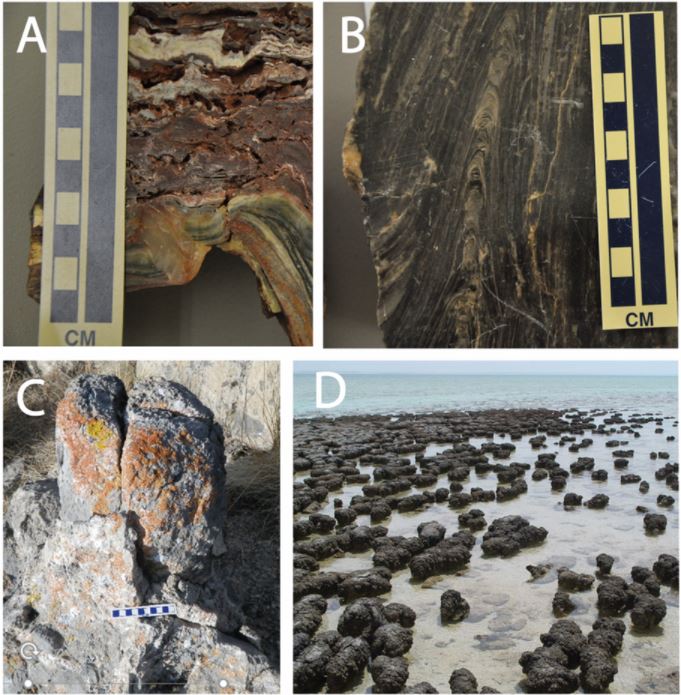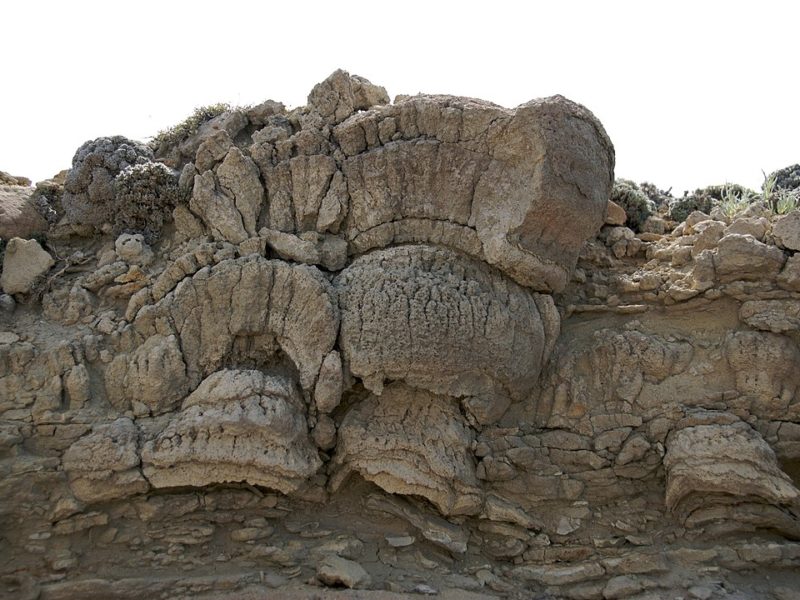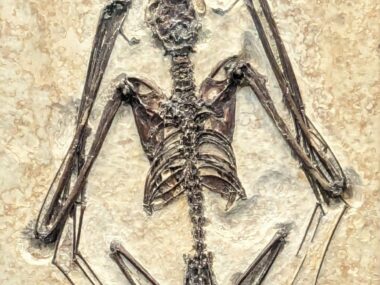God’s use of secondary processes to fashion the earth during Creation Week is not a novel idea. Andrew Snelling (2009, p. 627) proposes a secondary origin for atmospheric gases during Creation Week: “Regarding the formation of the earth’s atmosphere, it is also likely that, in addition to the convective circulation in the mantle bringing heat to the earth’s surface, it would also have brought gases to be released above it and accumulate as the atmosphere (emphasis mine).” Snelling also proposes secondary processes for earth’s soils (which involve bacteria), the origin earth’s metallic reservoirs (Snelling 2008), and for the formation of its continental crusts (Snelling 2009, p. 628). John Baumgardner (2000) proposes a similar scenario for the differentiation of the earth’s core and crust from the earth’s mantle, as does Danny Faulkner (2016) for many other facets of the created order.
The following article has been reblogged with permission from Creation Unfolding. The views expressed reflect those of the author, and not necessarily those of New Creation.
Genesis itself strongly implies that God used rapidly accelerated processes to mature the biosphere: “And God said, ‘let the earth sprout vegetation, plants yielding seed, and fruit trees bearing fruit in which is their seed, each according to its kind, on the earth’” (Genesis 1:11-12 ESV; emphasis mine). We find an excellent example of this miraculous method of achieving maturity in Numbers 17:8b, where we are told that the staff of Aaron, “had sprouted and put forth buds and produced blossoms, and it bore ripe almonds” (Numbers 17: 8b ESV; emphasis mine).
Using these ideas as a precedence, I propose that God filled our atmosphere with oxygen in much the same way as that proposed by secular scientists—using oxygen-producing cyanobacteria. In the process of photosynthesis, Precambrian cyanobacteria precipitated lime mud, and progressively immured themselves into laminated, column-shaped structures known as “stromatolites” (see figure). The fossil record is permeated with these Precambrian microbial structures. In this model, most, if not all Precambrian stromatolites were deposited during Creation Week and were used by God to secondarily oxygenate earth’s atmosphere.

Importantly, these accelerated inorganic (sediment deposition) and biological (stromatolite growth) processes occurred at the same rates relative to each other. For an observer, the growth of these stromatolites would look no different than what one sees in the present, albeit at an accelerated rate (see also Snelling 2009 and Coulson 2020). This mode of quickening fulfills God’s desire to build and frame a world in literally six days, without losing any of its paleo-environmental significance. In other words, paleontologists can understand these sediments and stromatolites in terms of processes which in turn leads to an environmental interpretation. Christian paleontologists, however, must not confuse bulk process with time. That is because God used process to create a mature world. Christians must believe what God has said in His Word and refrain from applying uniformitarianism to historical counterparts when thus informed. This, of course, is an act of faith that accords with God’s revelatory design (Hebrews 11:3).
Footnotes
Baumgardner, John R. 2000. “Distribution of Radioactive Isotopes in the Earth.” In Radioisotopes and the Age of the Earth, L. Vardiman, A.A. Snelling, and E.F. Chaffin, 49-94. Dallas Texas: Institute for Creation Research, and Chino Valley: Creation Research Society.
Coulson, K.P. 2020. Creation Unfolding: A New Perspective on Ex Nihilo. Phaneros Press, pp. 192.
Faulkner, D.R., 2016. The Created Cosmos: What the Bible Teaches About Astronomy. Arkansas: New Leaf Publishing Group.
Snelling, A.A. 2009. Earth’s Catastrophic Past: Geology, Creation & the Flood, Part II. Dallas: Institute of Creation Research.
Snelling, A.A. 2008. “Thirty Miles of Dirt in a Day.” Answers Magazine (Oct.-Dec.): 29-30.












Let me see if I understand you: You suggest in this article and others, that GOD used natural processes that occur similar to today’s processes, during the 6 days of creation, but only at a massively sped up rate? Or are you suggesting that GOD used evolutionary processes to start a world from scratch and then over a period of time, man evolved enough to have GOD select that species as being special?
Ken Coulson, Thank you for your amazing research! All the amazing science regarding our Creator and Savior‘s creation week has opened up massive doors to help me teach my Four Points (my summary on the love of God) to so many people immersed in other religious organizations such as Muslims throughout Pakistan, India, Africa, etc. We are part of the magnificent prophecy of Habakkuk 2:14, as the earth is being filled with the knowledge of God as the waters cover the sea!